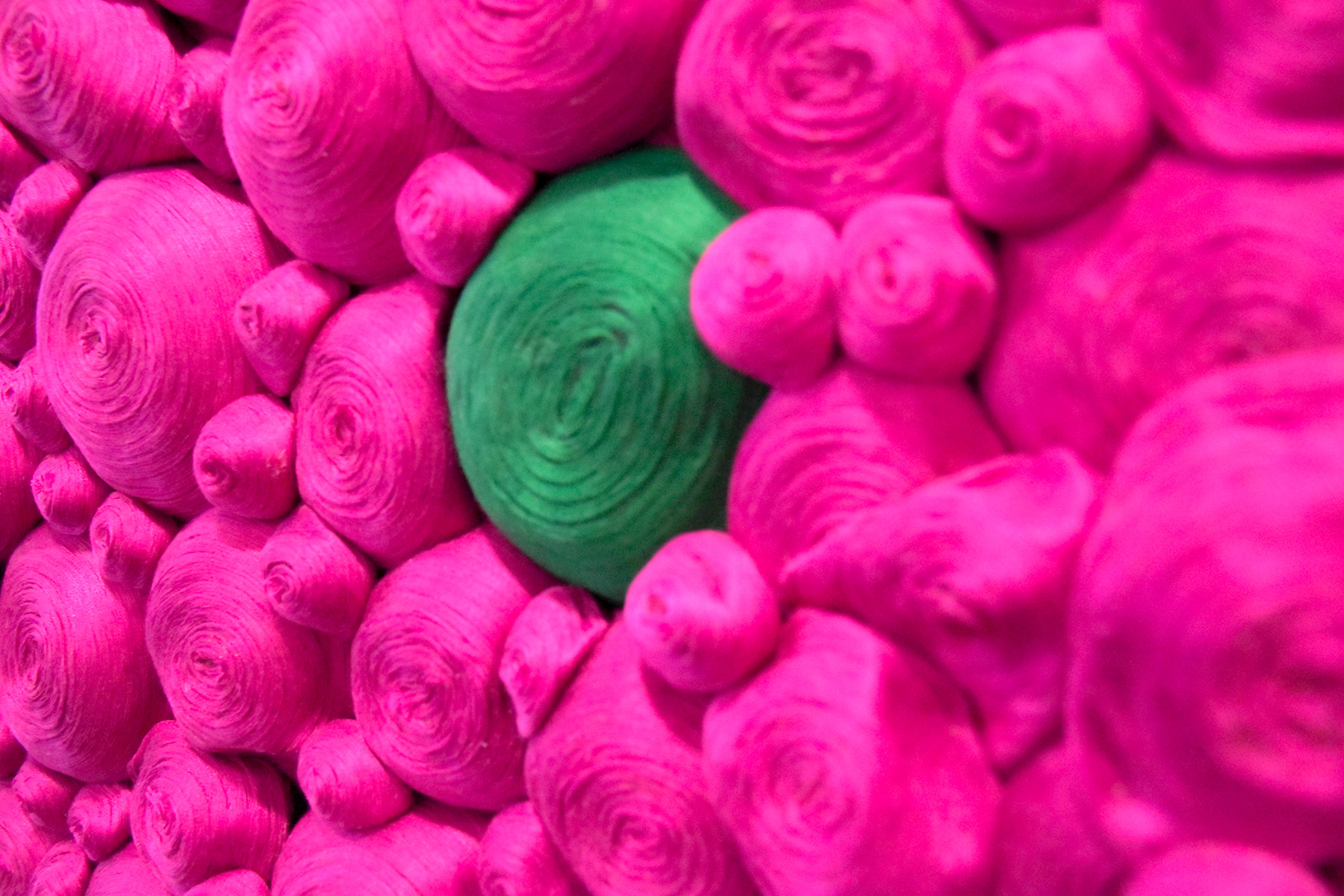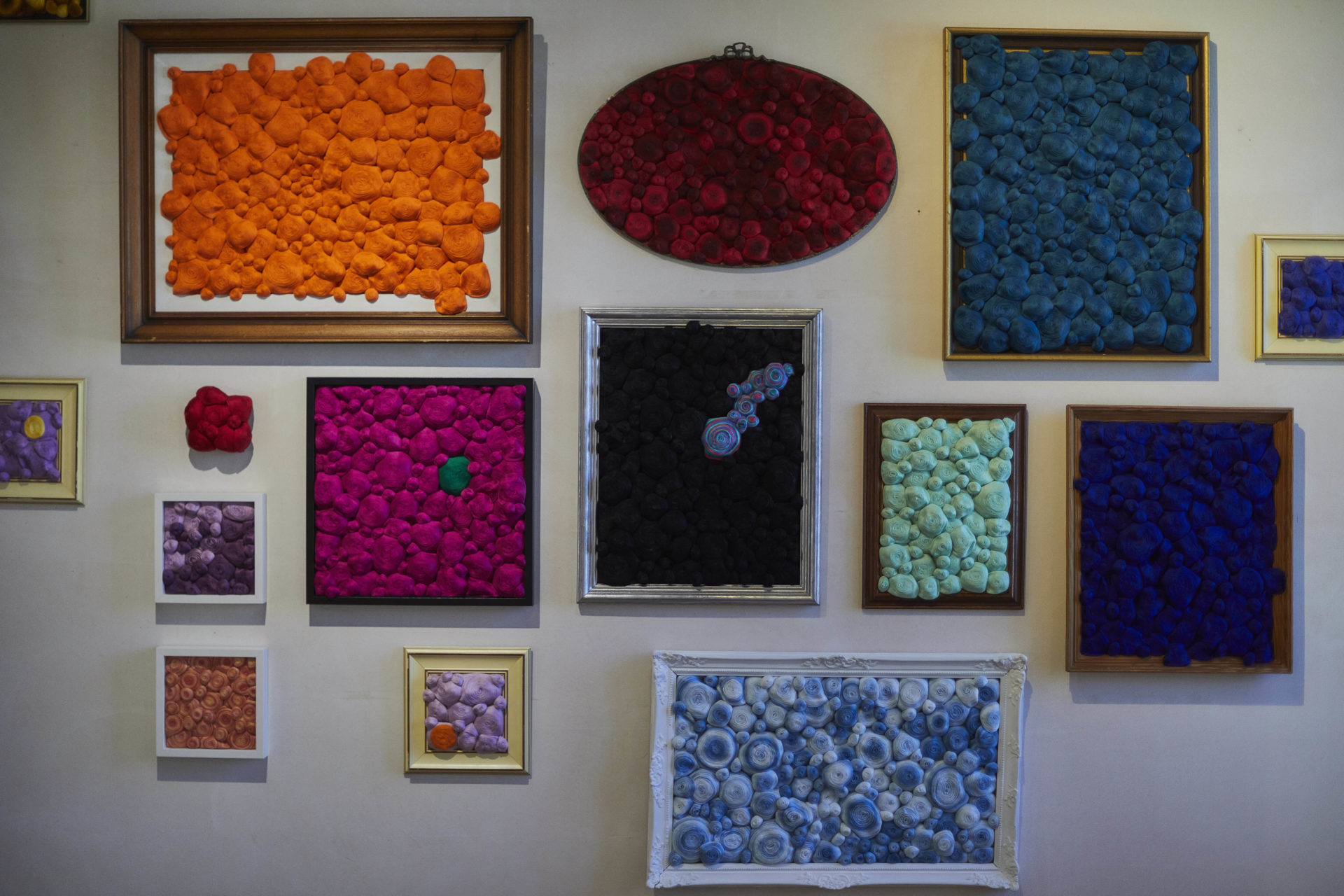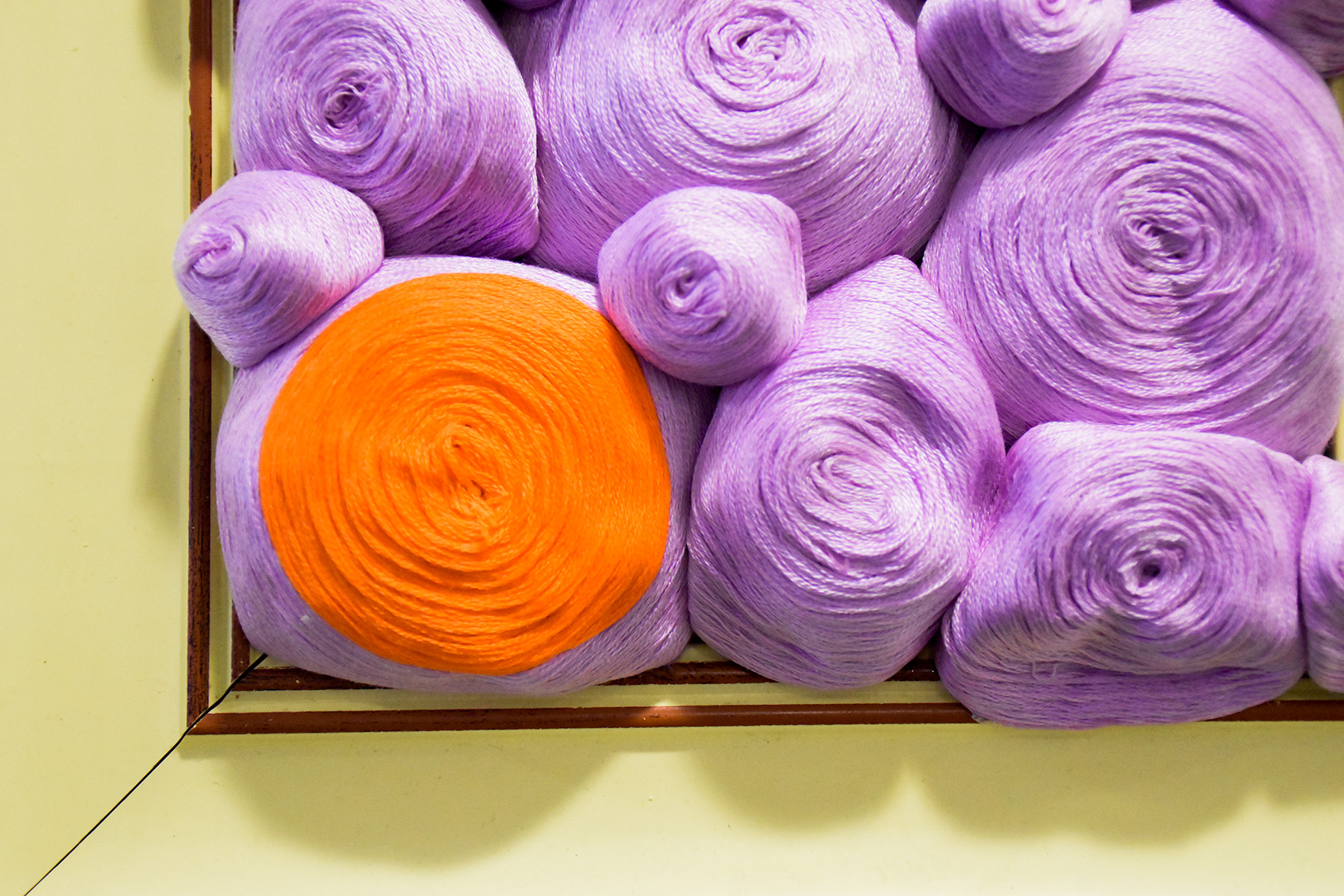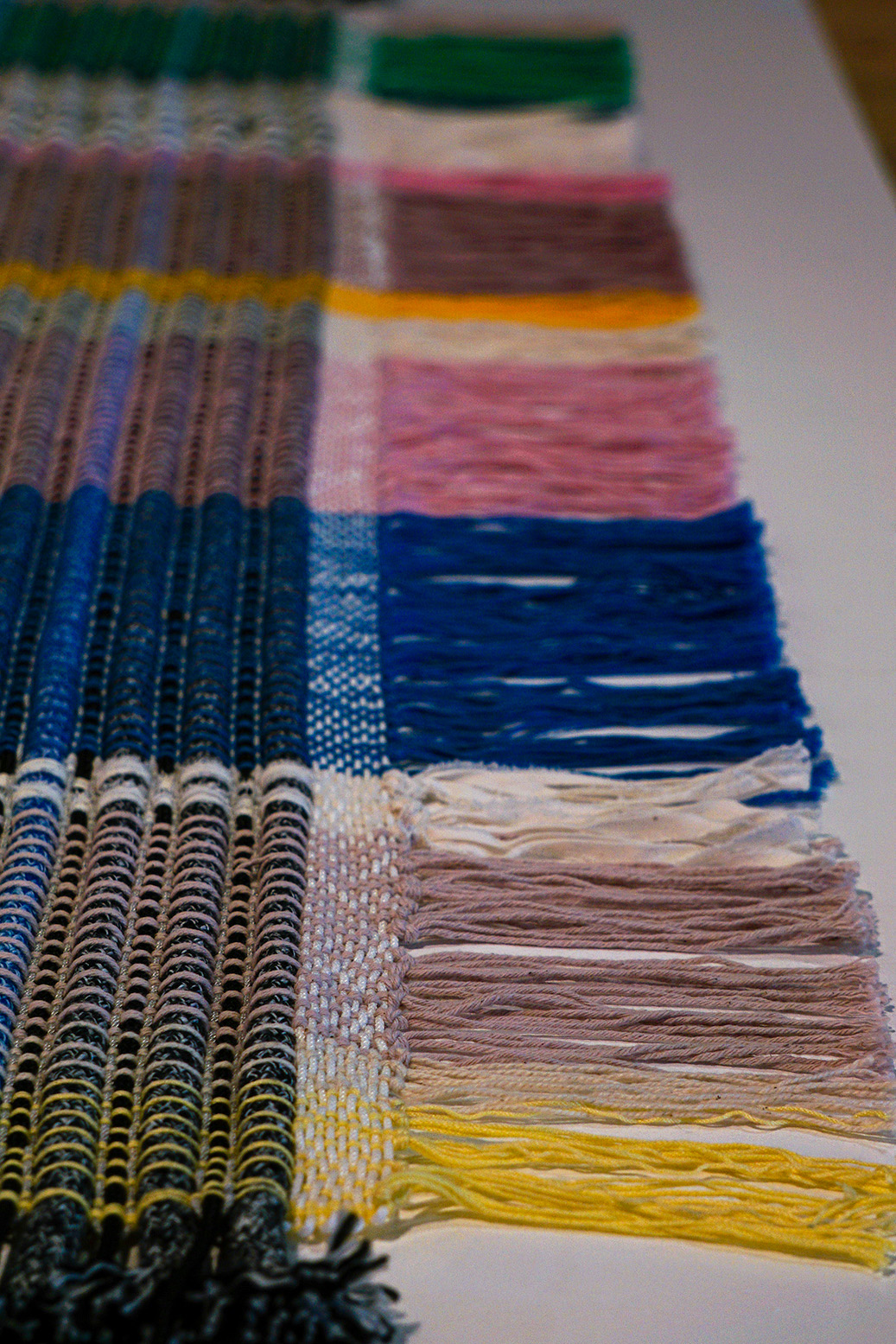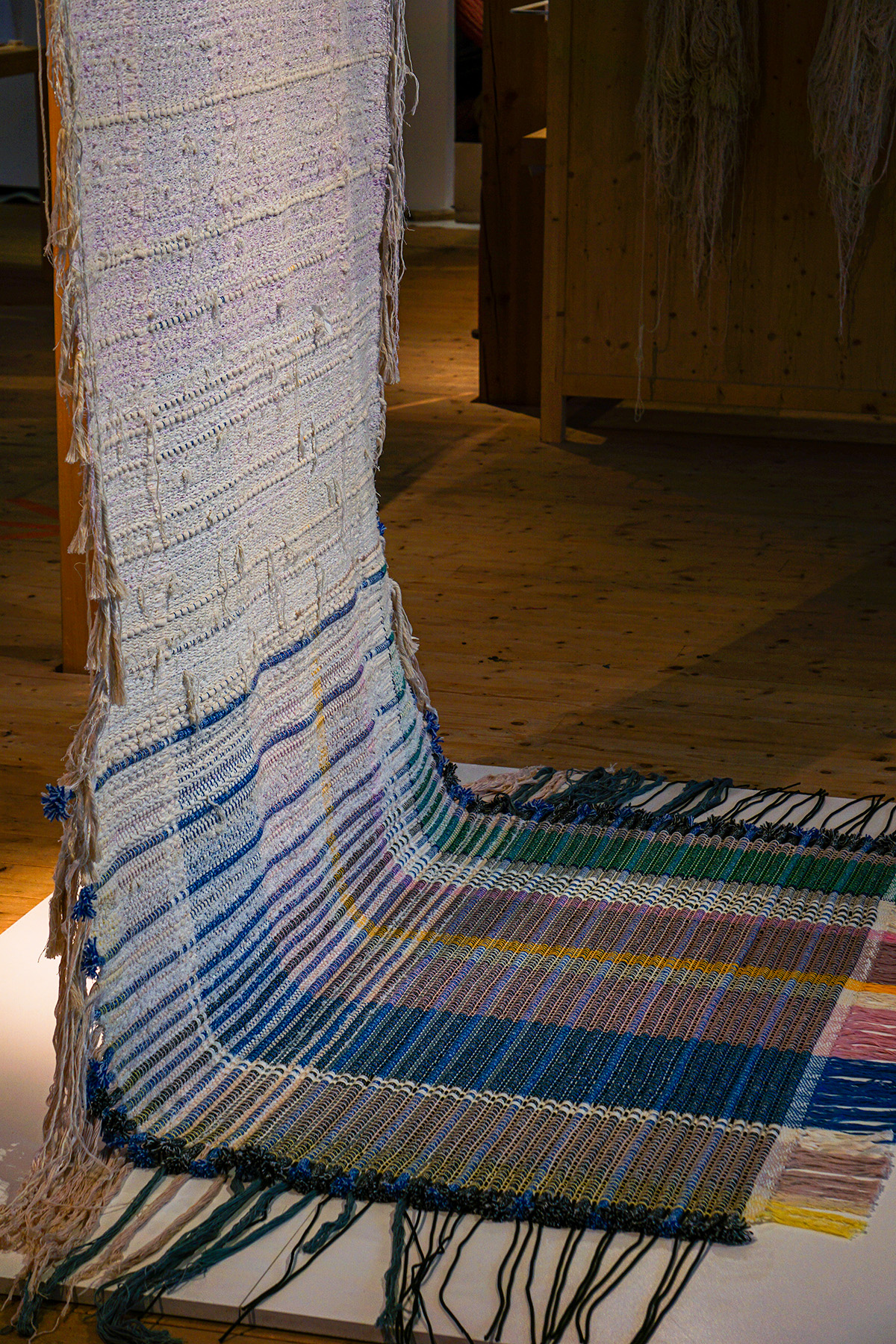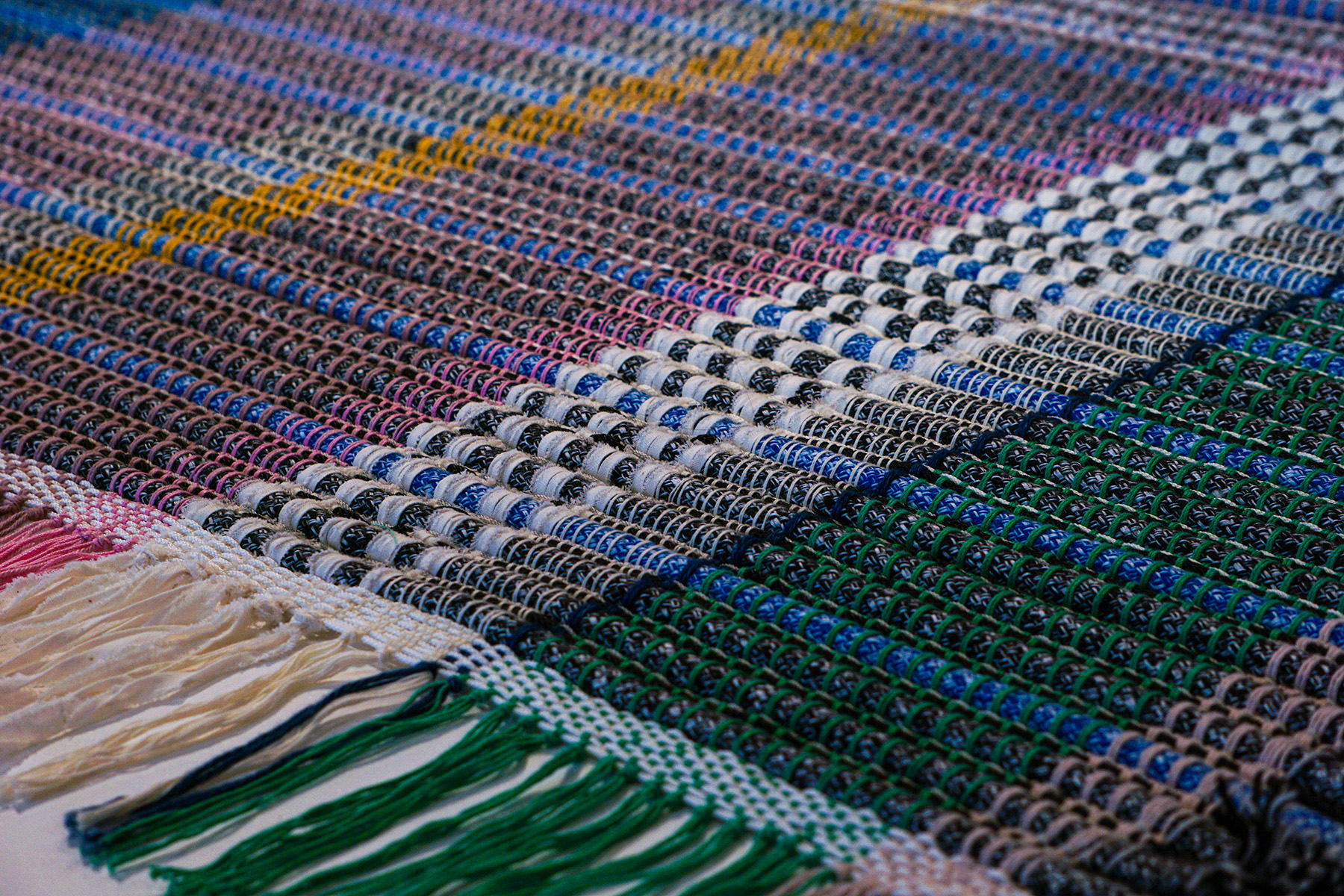DMC: the art of yarn
Publié le 14 avril 2021
Through this exhibition, you will follow the thread of DMC’s history, which has guided our steps since 1746. The art of thread according to DMC is to bring a touch of creativity to everyone’s daily life! It is the red thread, but also the blue, the green or the yellow, which draw a world of colours in cross stitch for those who know how to appreciate it. Finally, the art of thread according to DMC, is a knotted, braided, crossed, embroidered, crocheted or knitted thread, the main thing being that it allows you to stage your most beautiful creative ideas…
In this exhibition, DMC proposes to discover unique works, which we hope will make you want to try your hand at the art of embroidery. The youngest will also be able to learn tapestry or embroidery thanks to the availability of small kits dedicated to children.
Two artists are highlighed this year : Aurélien Finance and Dorothée Haller.
Butterfly’s Feeling
The 29 years old born in Mulhouse artist has been exploring the regenerating and destructive power of romantic relationships for the past 11 years. He dramatizes them in a very metaphoric language. In 2009/2010, Aurélien Finance became passionate about fashion and began to use his body to create imaginary characters.
During the lockdown in 2020, the artist questioned his place in society and created a series of sculptures called 23, which was inspired by yarn spools. During the creation of this series he learned how to make bread and brioche.
While watching the dough baking, he got the idea of reproducing what he was looking at. He got inspired by the colours and shapes his brioche takes on during baking and creates the first “Sentiment de papillon” (Butterfly’s Feeling). The artist gives meaning to this new creation and is inspired by the various couples who broke up during the lockdown period. He decided to make it a series created over a period of four years. A period that refers to mourning, that the brain would need to move on.
Logis
Originally from Germany, she grew up near the French border. After a degree in Textile/Art and Design in Linz, Austria, I moved to Alsace to pursue more artistic studies. She graduated in Art-Object and postgraduated in Textile Design. She chose to live in Mulhouse because it is a city nestled in a region with a rich and singular textile past that stir my feelings. She positions herself between design, art and craft: she is a textile designer/visual artist.
For this project, she was interested in the working-class district of Mulhouse, which was once built for the workers of the nearby textile factories. Today it is a lively and colourful place. She got inspired by the structure of the streets and the textures and colours of the Mulhouse working class district and incorporate it onto her warp (threads hanging on a loom). As a cross-border person, she is interested in objects that are cross-border as well. Logis is a mix between a tapestry, a rug and a plaid – objects that offer protection and comfort in the space. Family textile finds and waste from the local textile industry (DMC, Meyer-Sansboeuf) anchor the object between the industrial past and her present in Mulhouse.



